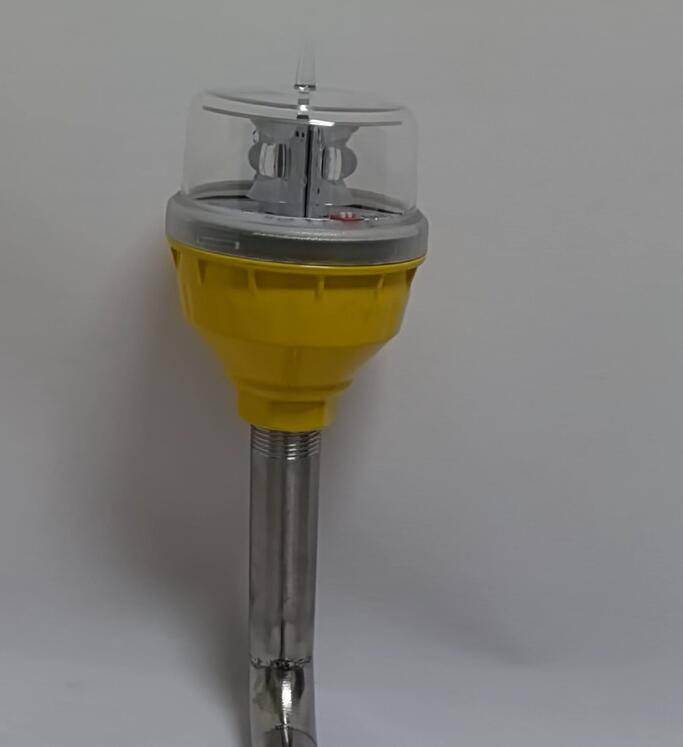
In the realm of aviation and technological advancements, one term that has been making waves is "FAA L 810." This unique combination of letters and numbers holds significant importance in the world of flight regulations and safety.
The Federal Aviation Administration (FAA) is a crucial organization that oversees and regulates the safety of civil aviation in the United States. Among its many regulations and guidelines, FAA L 810 stands out as a specific set of requirements that play a vital role in ensuring the integrity and reliability of aircraft systems.

FAA L 810 pertains to a particular aspect of aircraft design and operation. It focuses on specific technical standards and procedures that must be adhered to by aircraft manufacturers and operators. These standards are put in place to guarantee the safety of passengers and crew, as well as to maintain the overall reliability of the aviation industry.
FAA 810
low intensity
45
456
One of the key areas covered by FAA L 810 is the certification of aircraft components. Components such as engines, avionics, and structural elements must meet the stringent requirements outlined in FAA L 810 to be considered safe for use in commercial and private aircraft. This certification process involves extensive testing and evaluation to ensure that these components can withstand the rigors of flight and perform reliably under various conditions.
Another important aspect of FAA L 810 is its impact on maintenance and inspection procedures. Aircraft maintenance technicians and engineers must be familiar with the requirements of FAA L 810 to ensure that aircraft are properly maintained and inspected. This includes following specific guidelines for inspecting components, performing preventive maintenance, and addressing any issues that may arise during the life of an aircraft.

The implementation of FAA L 810 also has implications for the training of pilots and other aviation professionals. Pilots must be aware of the specific requirements and limitations imposed by FAA L 810 to operate aircraft safely. This includes understanding how certain components and systems are affected by the regulations and being able to respond appropriately in case of any malfunctions or emergencies.
In addition to its role in ensuring safety, FAA L 810 also plays a part in promoting innovation in the aviation industry. As technology continues to advance, aircraft manufacturers and designers are constantly looking for ways to improve the performance and safety of their products. FAA L 810 provides a framework for these innovations, ensuring that new technologies are evaluated and approved in a manner that maintains the highest levels of safety.
For example, the development of new materials and manufacturing processes may be subject to the requirements of FAA L 810. These new materials and processes must be shown to meet the same safety standards as traditional methods, while also offering potential benefits such as reduced weight, increased durability, or improved fuel efficiency.
Despite its importance, FAA L 810 is often a complex and technical subject that can be difficult for non-experts to understand. However, with the right resources and education, it is possible to gain a better understanding of this critical aspect of aviation safety. Organizations such as the FAA, industry associations, and educational institutions play a crucial role in providing information and training on FAA L 810 and other aviation regulations.
FAA L 810 is a significant and essential element of the aviation industry. Its role in ensuring the safety and reliability of aircraft cannot be overstated. From certifying components to guiding maintenance procedures and promoting innovation, FAA L 810 has a far-reaching impact on every aspect of civil aviation. As the aviation industry continues to evolve, it is crucial that we remain vigilant in understanding and implementing the requirements of FAA L 810 to ensure the safety of passengers and crew and the continued success of the aviation industry.